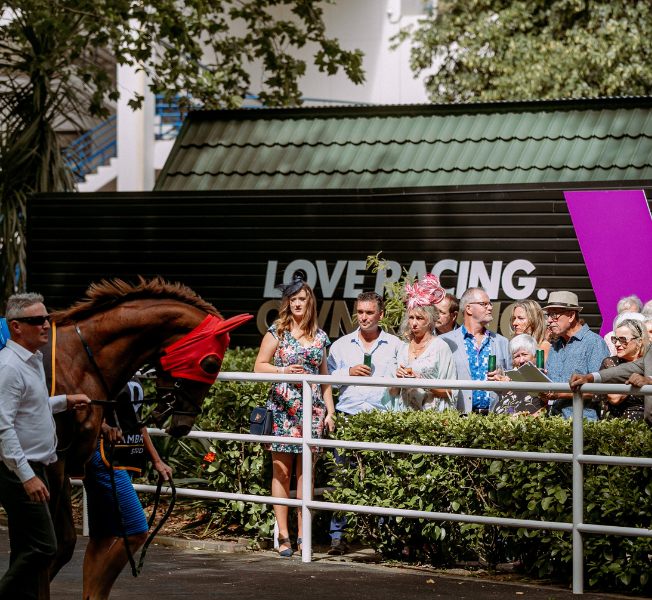Standard Training Agreement
A new Standard Training Agreement will now apply to all trainers and owners who do not have their own agreement. Only owners who train their own horses or employ a trainer to train exclusively for them under a written agreement will be exempt.
Trainers and owners may, however, choose to continue with an existing agreement, or have their own new agreement, which differs from the Standard Training Agreement, provided that it does not exclude, vary or limit any of the provisions of the rules of racing.
If there is any inconsistency between any training agreement and the Rules of Racing, which include the TOR Rules, the Rules of Racing will apply.
Co-Owner Agreement
As part of the reforms, a new Co-Owner agreement has been introduced which defines the rights and responsibilities of co-owners of a horse in relation to each other.
The Co-Owner Agreement applies to all co-owners except those who have their own agreement, and those who own a share of a horse through a syndicate which has its own agreement.
The new Co-Ownership Agreement confirms that each owner is severally liable for their share of the horse ownership. The co-Owners are not jointly and severally liable. Therefore:
- Each owner is responsible for paying their share of all costs and expenses associated with the keep, training and racing of the horse.
- If one of the co-owner’s defaults on the payment of a related account, the other owners are not responsible for the payment of the outstanding amount.
Most importantly, the Co-Ownership Agreement sets out how decisions affecting the horse are made by the co-owners. This includes decisions regarding the training and racing of the horse as well as the sale of any ownership interests.
The Training Fee Process
-
The Trainer provides the Owner/s with a Fee Notice within 7 days of the Trainer being appointed to train the horse. The Fees Notice provides the Owners with a list of costs associated with the training and racing of the horse. The purpose of the Fees Notice is to make the Owners aware of costs associated with owning a racehorse and to avoid, as far as possible, any surprise costs.
> Fees Notice Template
-
The Trainer issues an invoice for the training costs by the 15th of the month.
- The Owner pays the invoice by the last day of the month in which the invoice was issued.
If the Owner Disputes the Invoice, or any part of it:
- the Owner issues a Dispute Notice to the Trainer, with a copy to NZTR.
- If the Owner only disputes part of the invoice, the remainder of the invoice must be paid to the Trainer.
- The Trainer or the Owner can elect to have the dispute heard by a dispute tribunal by filing a Notice of Election of Hearing within 14 days of the Dispute Notice being served.
- NZTR will establish a Training Dispute Tribunal to hear the dispute. The Training Dispute Tribunal will consider all information provided by the Owner and the Trainer regarding the dispute and determine what training fees and/or training disbursements must be paid.
If the Owner does not Pay the Invoice:
- If the Owner does not pay the invoice by the last day of the month (and a Dispute Notice has not been lodged) a Presumption of Debt arises. Once a Presumption of Debt arises, the Trainer can apply for an Enforcement Action Application. The Trainer can choose to wait for a period of time before applying for the Enforcement Action Application, but that time period cannot be longer than 6 months.
- Once the Trainer has applied for the Enforcement Action Application, the Owner is no longer entitled to lodge a Dispute Notice.
- Once the Enforcement Action Application has been considered by NZTR any, or all, of the following may be imposed;
- If the defaulting owner owns more than 50% of the horse, it may not be transferred to another trainer
- NZTR will not register any transfer or sale of the owner’s interest in the horse.
- NZTR will freeze the payment of any stake which the owner may earn and direct the payment of those stakes to the trainer.


